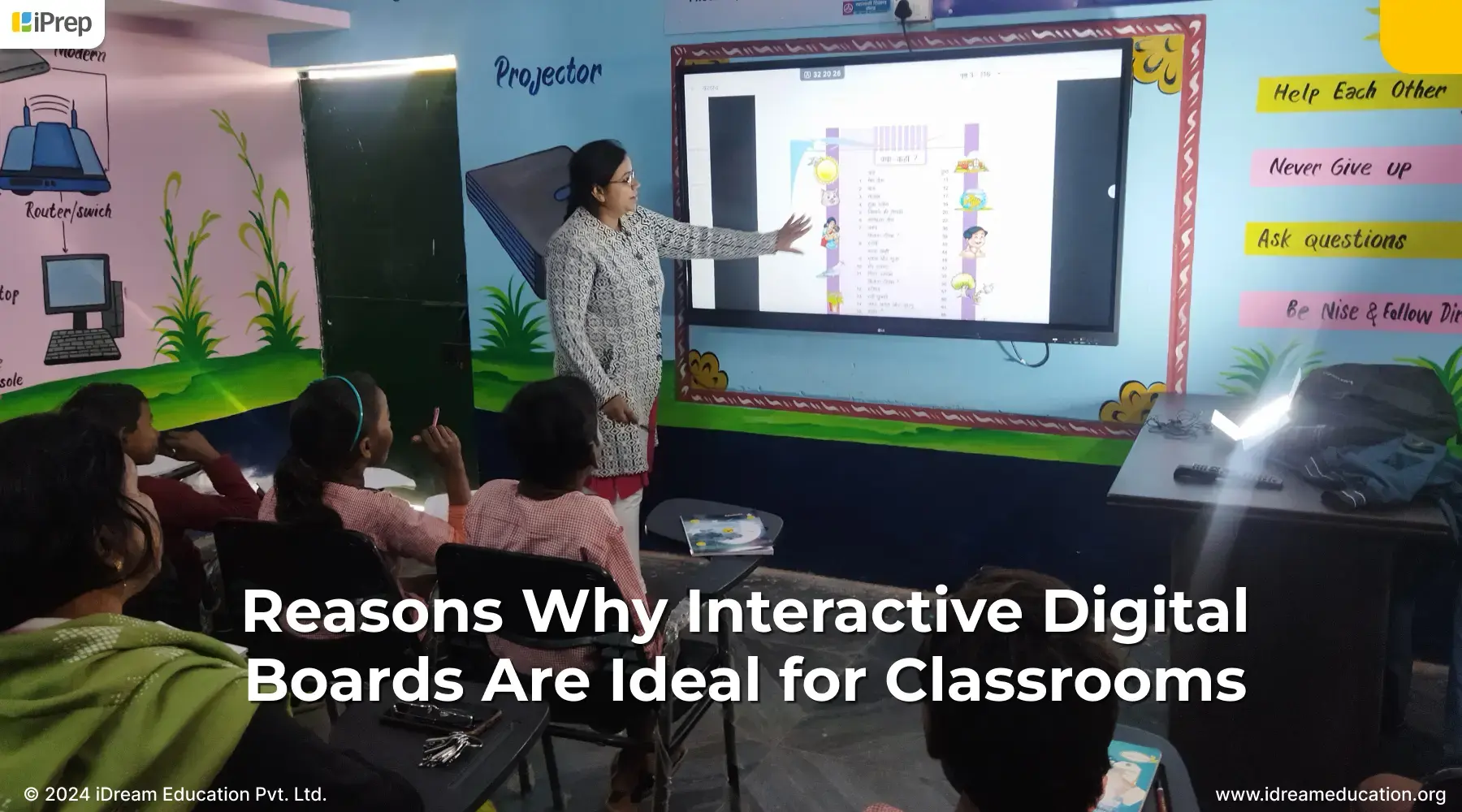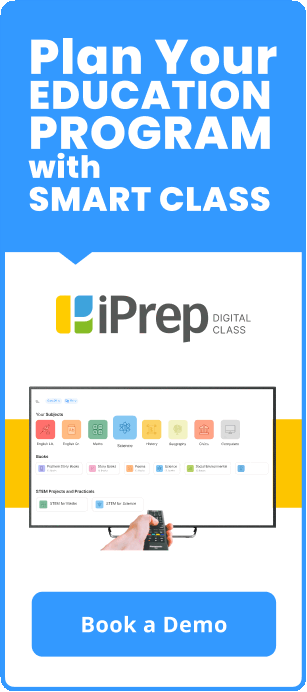Challenges of ICT Lab

In previous two blogs, we have talked about What is an ICT Lab and what are the benefits of ICT Lab for schools, teachers and the students.
In this blog, we are going to look at most pertinent challenges which have emerged while setting up and managing ICT labs in government schools across the country. And it is because of these challenges only that the Ministry of Education had organised a Chintan Shivir in 2019 and post that had released a revised version of the ICT Policy. We will talk about the policy later. Let us first look at the challenges.
Complex Hardware leads to non regular usage
A typical Smart Class setup consists of a lot of paraphernalia. There is a processor, keyboard, mouse, a screen, projector, sound system and a bundle of wires to put everything together.
A government school teacher is therefore burdened with managing so many individual pieces of hardware, which is psychologically not natural for that teacher. There is so much dependency that even if one component of any hardware malfunctions, the entire set up would be rendered useless. Over time, this builds a lack of motivation in the teachers leading to very irregular usage.
There are other resource related issues too like not using the up-to-date versions of hardware and software.
Lack of skilled teachers in Government Schools
Majority of schools do not have a computer teacher or they lack the right kind of knowledge required to operate the lab. At most places, no support person is also available as for any smart class company, this is a costly resource and therefore most projects do not make a provision for keeping a trained resource for support in every school.
This lack of skills and on campus support is also a reason why teachers are not motivated to reach from the ICT Labs.
One to many Learning has limited impact on Student’s Learning Outcomes
ICT Labs with a screen and a projector operates on a one to many learning format. A teacher plugs in the ICT Lab set up and plays a video which is watched by 30 or 40 students present in the class.
Some students will be excited to watch the audio visual content and for them, it may lead to an improvement in understanding of the topic. But for many others, some of whom may be kinaesthetic learners of someone who enjoys reading text more, may find such videos non appealing and therefore will not have any change in their understanding of the topic.
Another thing to note is that one video would be played only once in a class. After that the teacher will move onto either explaining the same thing or onto the next video. Imagine someone being a slow learner. There is no way this student would have an option to pause the video, play it again, restart the video and perhaps watch it 4 to 5 times till the topic has been well understood. What about these kind of students?
Conclusion
While the value of the ICT Labs cannot be discounted, unfortunately we are seeing more instances of non usage and low impact on the student’s learning outcomes. And as we have looked above there are various infrastructural and psychological reasons because of which this is happening.
Thankfully even the officials in the ministry also recognise these challenges. And that is what had led to a revision in the ICT Policy which we believe will bring far better results than before.
In the next few blogs, we will talk about this revised policy and also share with you what kind of finer innovations we have brought in the ICT Lab model.
If you have observed or implemented ICT Labs in government schools, please do share your learnings and the challenges you have faced. You can write in the comments section below or share with us at share@idreameducation.org.







